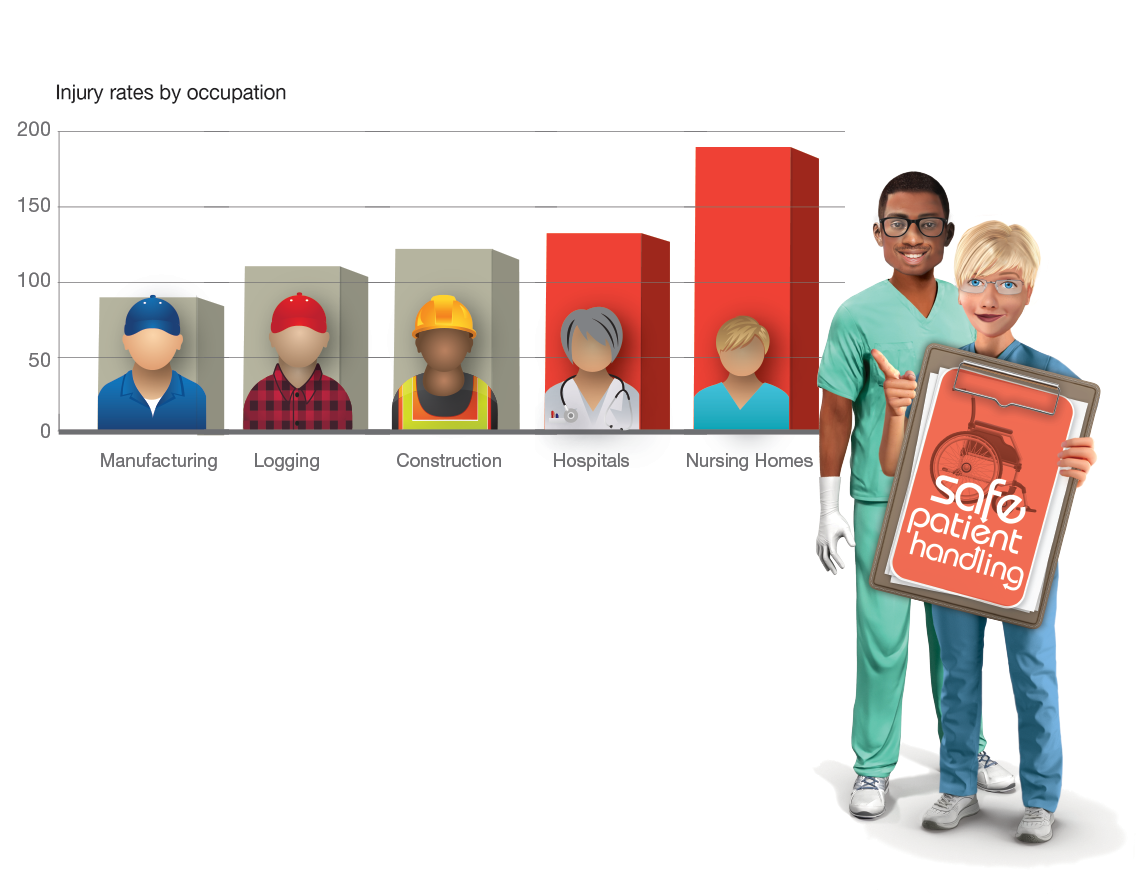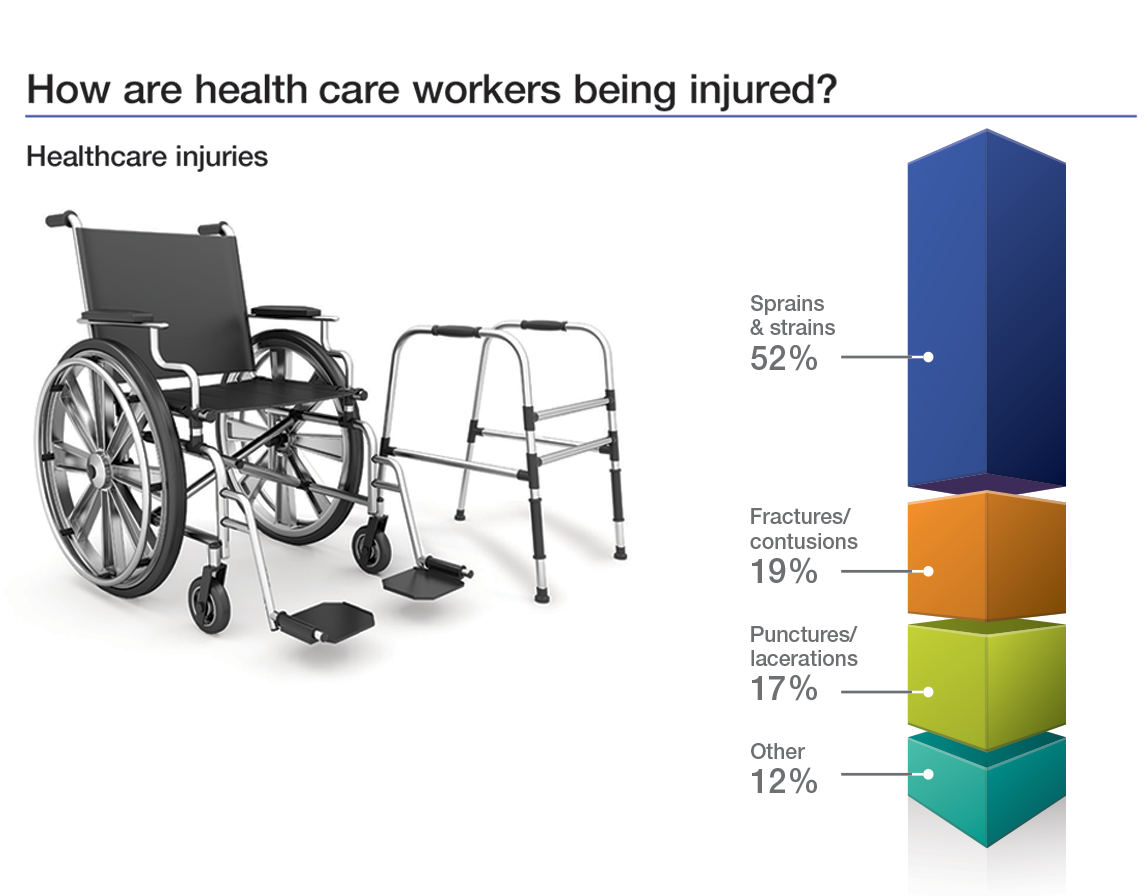More than a third of workers in a recent study got less than the recommended seven hours of sleep a night – and those in certain occupations were more likely to fall short.
In the National Institute for Occupational Health (NIOSH) study , 36.5 percent of workers reported short sleep duration.
This matches the results from Gallup polls on sleep going back more than 25 years. In polls from 1990 through 2013, Gallup consistently found that 40 percent of Americans get less than seven hours of sleep.
The cost of fatigue
Falling short of the recommendation comes with severe costs to health, safety and the economy. People who experience sleep deprivation may be more at risk for workplace injuries and accidents.
“Short sleep duration has been linked to various negative health outcomes including cardiovascular disease, obesity, and depression, as well as to safety issues related to drowsy driving and injuries,” study author Taylor Shockey said.
Combined with the economic costs (the CDC reports 1.2 million lost working days and up to a $411 billion cost to the economy each year), insufficient shut-eye should concern every employer.
Sleep deprivation by occupation
Workers in some industries and with alternative work schedules are more prone to fatigue or sleep deprivation.
The National Safety Council reports that while more than 43 percent of workers are sleep-deprived, 62 percent of night shift workers experience sleep loss. In the CDC research, industries where shift work is more common were more likely to report a shortage of sleep.
The five occupation groups where short sleep duration is most prevalent were:
- Production (42.9%)
- Health care support (40.1%)
- Health care practitioners and technical (40.0%)
- Food preparation and serving-related (39.8%)
- Protective service (39.2%)
Three recommendations for sleep-deprived workers
Seven hours of sleep is the recommended amount for adults ages 18-60, based on findings from the American Academy of Sleep Medicine and the Sleep Research Society.
While you can’t control what your employees do at home, you can take steps to encourage them to get enough sleep each night.
- Build awareness
At SFM, our safety and wellness committee simply asked employees to record their sleep times for four weeks, with the goal of helping them become more aware of how much (or little) they were typically sleeping. Anyone who participated was entered in a drawing for a prize. - Adjust the work environment
In some cases, working conditions can contribute to employees’ poor sleep habits. Does your company culture encourage employees to be responding to email messages during off hours? Do employees have to take on extra shifts due to low staffing? Even the brightness of the work environment can help. - Help employees learn
Help employees learn how to get better quality sleep by offering educational opportunities like seminars at the office, articles on your intranet or informational email messages. Encourage shift workers to maintain a consistent sleep schedule, even on days off.
See more ways to improve sleep hygiene at the American Academy of Sleep Medicine’s Sleep Education website or from the National Safety Council .
Sleep is often undervalued. Emphasizing the benefits of sleep at your workplace will encourage your employees to go from sleep-deprived to well-rested.
Want more content like this?
Get the latest Simply Work Comp blog posts in your inbox.


